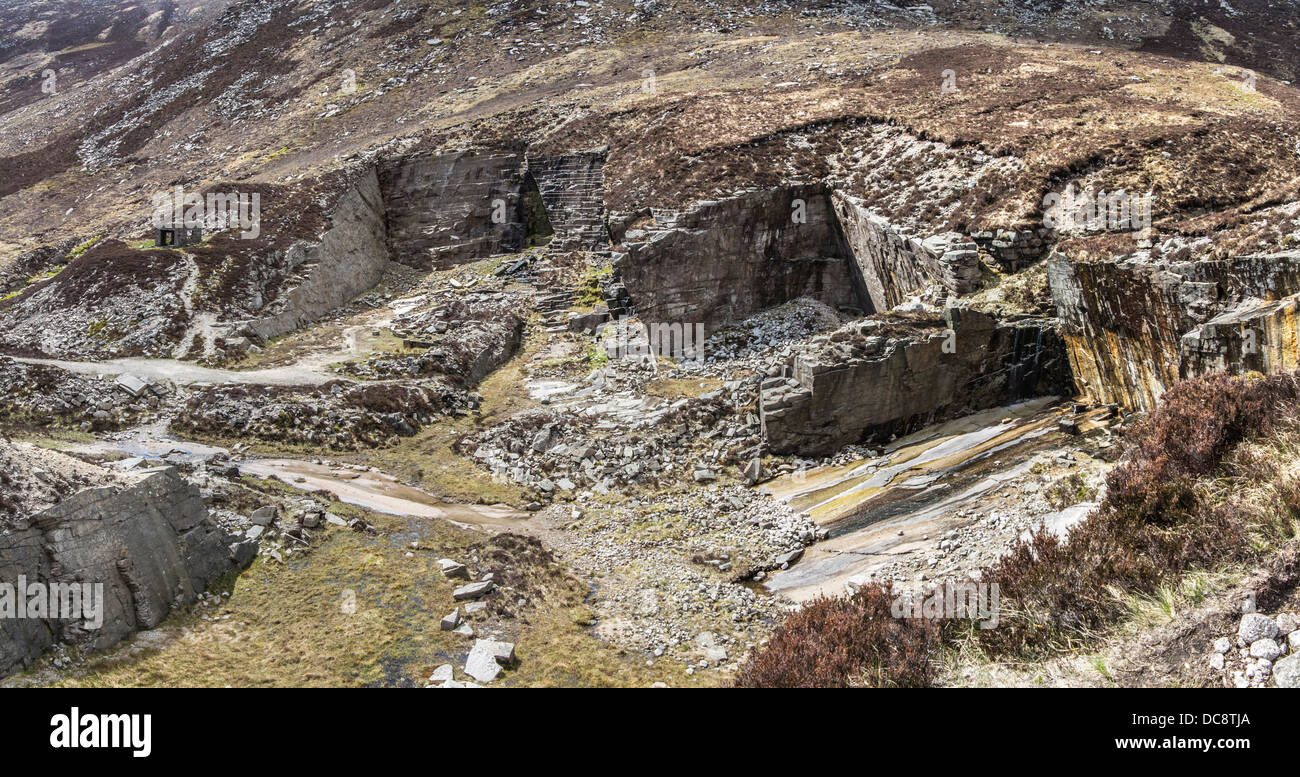Unveiling the Mysteries of Granite Quarrying: Where Toughness and Style Meet
The globe of granite quarrying is a world where the raw stamina of nature assembles with human virtuosity to produce frameworks that stand the examination of time with an air of elegance. From the midsts of quarries to the thorough polishing in workshops, the process of changing granite into building marvels is a complex dancing of tradition and development. As we peer into the depths of this ancient craft, we start to uncover the surprise ins and outs that shape the really significance of our developed atmosphere.
The Beginnings of Granite Quarrying
In the record of building history, the beginnings of granite quarrying are shrouded in a tapestry of ancient workmanship and geological wonders. Going back to old Egypt and Mesopotamia, the extraction of granite from quarries marked the start of a journey that would at some point cause the creation of some of the globe's most iconic frameworks.
Granite quarrying's origins can be traced to the skilled artisans who acknowledged the stone's sturdiness and aesthetic allure. With a mix of primitive tools and large decision, these very early quarry workers uncovered granite blocks that would certainly become the foundation of worlds.
As human beings evolved, so did the techniques of quarrying granite. The Romans, renowned for their design expertise, created advanced techniques for extracting granite to construct monoliths, temples, and roadways that stood the test of time.
The legacy of these old quarrying methods remains to shape contemporary style, with granite remaining an icon of stamina and elegance in construction tasks around the globe. (granite quarries in south africa)
Devices of the Quarrying Trade
The development of granite quarrying strategies from old human beings to contemporary times highlights the essential role played by the devices of the quarrying profession in shaping the industry's practices. In old times, quarrying devices were basic, typically including blades, hammers, and wedges made from materials like bronze or iron. These tools needed significant workforce and time to extract granite obstructs from quarries.

Additionally, the introduction of pneumatically-driven devices and high-powered equipment has actually dramatically lowered the physical labor called for in quarrying procedures, improving worker security and productivity. As the quarrying industry continues to introduce, the devices of the profession stay at the forefront of driving progress and forming the future of granite removal.
Drawing Out Blocks of Granite
Using precision machinery and progressed methods, i thought about this the extraction of granite blocks from quarries has actually come to be an advanced process in the modern quarrying sector. The preliminary step entails identifying the area and size of the granite deposit to establish one of the most effective extraction approach. When a suitable website is chosen, the extraction procedure begins with the drilling of openings for the placement of nitroglycerins. Managed blasting strategies are then used to Full Report disintegrate the granite into convenient sections.

Sprucing Up and Completing Techniques
To achieve a perfect surface area on granite blocks, competent craftsmens employ a series of thorough polishing and completing strategies. After the initial extraction and forming procedures, the granite blocks undergo a complete polishing phase to improve their all-natural elegance and resilience.
In enhancement to sprucing up, ending up strategies are used to more refine the granite's look. By very carefully selecting and applying these polishing and ending up strategies, craftsmens can transform raw granite blocks right into elegant items that showcase both strength and elegance.

Environmental Effect and Sustainability
With the growing emphasis on ecological consciousness in the market, granite quarrying practices are click over here now progressively looked at for their effect on all-natural resources and long-lasting sustainability. Quarrying for granite can have substantial environmental ramifications. The removal process typically entails the use of hefty equipment, explosives, and big quantities of water, leading to habitat damage, dirt disintegration, and water pollution. Furthermore, the transport of granite from quarries to refining facilities produces carbon discharges, even more adding to ecological deterioration. granite quarries in south africa.
To mitigate these impacts and make certain sustainability in granite quarrying, industry stakeholders are embracing different actions. Executing sophisticated innovations to lower power consumption and water usage, recovering quarried land for environmental restoration, and promoting accountable sourcing practices are some techniques being used. Furthermore, accreditations such as the Woodland Stewardship Council (FSC) and the Management in Energy and Environmental Layout (LEED) aid consumers recognize eco pleasant granite items.
Conclusion
Finally, granite quarrying is a process that calls for specialized tools and techniques to essence blocks of granite and polish them to a high degree of finish. While the ecological impact of quarrying can be substantial, efforts are being made to boost sustainability methods in the sector. Generally, granite quarrying is a delicate equilibrium in between taking advantage of the strength and sophistication of this natural rock while minimizing its effect on the environment.